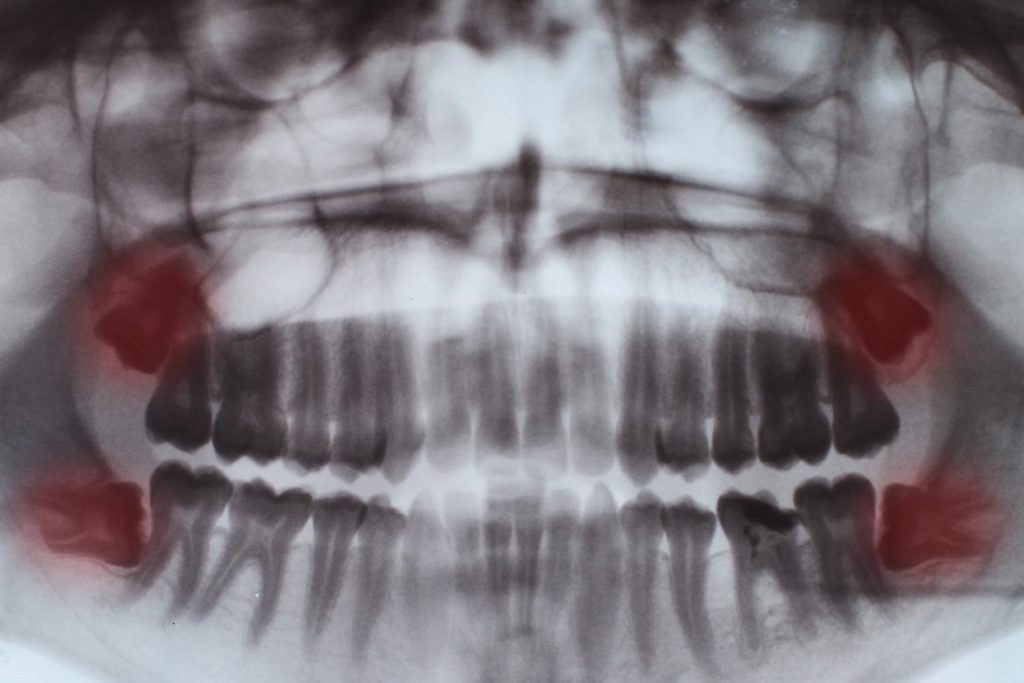Federated Health Charities’ mission is to improve the health and quality of life of all Ontarians by supporting 21 different health charities providing critical services to those experiencing, or affected by, illness. We believe education and prevention are key parts of supporting the health of our communities so our weekly Health Hint series strives to provide tangible and easy to implement hints and tips on how to maintain your health, prevent disease, and enjoy increased quality of life. Check out our latest Health Hint on wisdom tooth impaction. We hope you find it helpful. If you would like to join our efforts to support the health of Ontario please consider a donation to Federated Health Charities.
WHAT IS A WISDOM TOOTH?
Wisdom teeth are the last adult teeth to erupt at both ends of upper and lower dental arches; these are four in number. Wisdom teeth are third molars and usually erupt between 17-25 years of age. However, this age may vary from person to person. Since wisdom teeth erupt at about the time when the youth goes off into the world to become “wise,” the name “wisdom teeth” was used.
IMPACTION:
When a tooth fails to erupt either partially or completely it is called impaction.
Tooth impaction is one of the most common abnormalities of tooth position. An impacted tooth (dens retens) is a tooth with a fully formed root and complete development, which is partially or completely covered by hard and/or soft tissues. Wisdom teeth are the most common teeth in the mouth to be impacted. The most common cause of impaction is insufficient space to erupt or develop normally.
Causes of impaction (etiology):
The causes of third molar impaction can be divided into general and local.
In recent decades, an increase in the phenomenon of the impaction has been noted.
The explanation for this trend seems to be a combination of:
-Increasing levels of hygiene
-Less frequent tooth loss.
-The influence of the lack of physiological tooth attrition due to changes in dietary habits.
-Inherited tooth – Jaw size incompatibly
-The evolutionary tendency towards decreased jaw size
-Prolonged retention of primary teeth
-Early loss of primary teeth
Early signs of impaction:
Impacted wisdom teeth don’t always have symptoms however when they are infected, they may cause:
Pericoronitis: pain, swelling and inflammation of gums are associated with pericoronitis or peri coronal abscess. This is by far the most common cause of tooth extraction, and if this condition is treated inadequately infection may extend posteriorly and might lead to certain systemic complications. Foul taste, bad breath, difficulty in opening of mouth and pain in swallowing can be experienced with pericoronitis.
Dental cavities: incidence of cavities is less common and is usually attributed to difficulty performing oral hygiene measures in the third molar area.
Periodontal disease: repeated food impaction and collection of food debris between impacted third molar and erupted the second molar can lead to periodontal disease and subsequent bone loss.
Preventive Measures:
Though we cannot avoid impaction completely, we can still take steps to lessen the symptoms of impaction:
-Improve our dietary habits by adding more fibers, switching to fresh rather than processed foods, avoiding soft and sticky foods, and avoiding junk food.
-Taking care of oral hygiene; brushing before going to bed, flossing, regular dental checkups and keeping an eye on any changes in the oral cavity.

Diagnosis:
Impacted wisdom molars are usually identified during routine dental examinations, however, a radiograph is always required to confirm the diagnosis. The use of the panoramic x-ray or orthopantomogram (OPG) is important in helping to identify impacted wisdom teeth. The panoramic x-ray is the preferred x-ray method because it can scan the entire upper and lower jaw – from ear to ear, in one shot.
Management techniques for impacted third molar:
Conservative method: Leaving the tooth alone with regular follow-up clinically and radiographically.
Operculectomy: this procedure is usually considered in the mandibular third molar which is partially erupted and having enough space to come into occlusion and is prevented to erupt because of thick overlying mucoperiosteum. If still tooth fails to erupt then removal may be considered.
Procedures that activate eruption: when indicated, these are usually applied to developing teeth.
When to extract:
- Not all wisdom teeth need to be removed. Those which have space to erupt into functional occlusions should be left to do so and those who are deeply impacted and asymptomatic are best left alone. Decisions about surgery vary widely. (M. Berickley, 1993)
- Third molars covered by bone are very unlikely to become infected whereas those where the crown has breached mucosa will almost inevitably do so.
Surgical treatments are most commonly considered in the cases of:
- Periodontal disease
- Cavities that cannot be restored
- Infections
- Cysts/tumors
- Damage to neighboring teeth
We hope you enjoyed our latest Health Hint!
Written by Dr. Nadia Mumtaz
References
LIN, D. R., Steven. (2019). Dental diet: The surprising link between your teeth, real food, and life-changing natural health. HAY House UK Ltd.
Mitchell, D. A., Mitchell, L., & Brunton, P. (2005). Oxford Handbook of Clinical Dentistry, 4th Edition (Fourth). Oxford University Press (Oxford).
Springer. (2020). Oral and maxillofacial surgery for the clinician.











